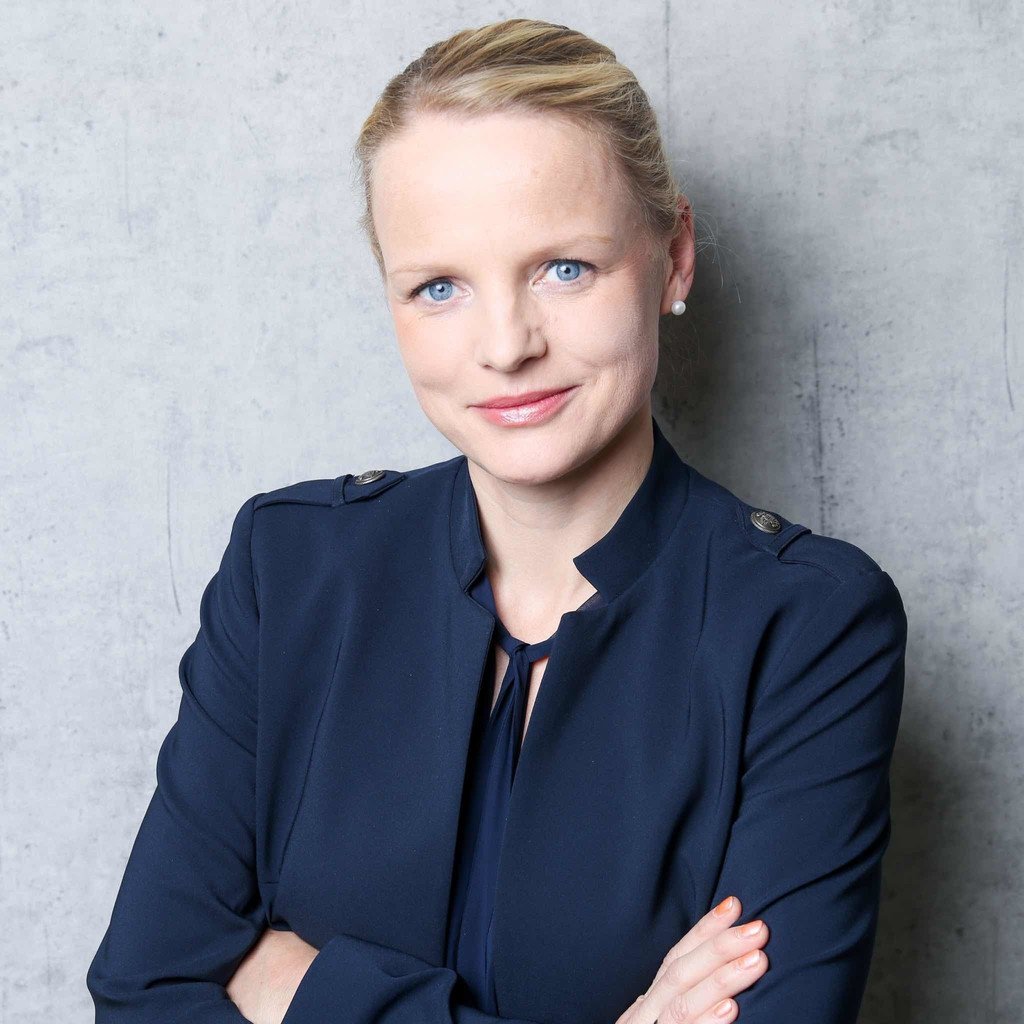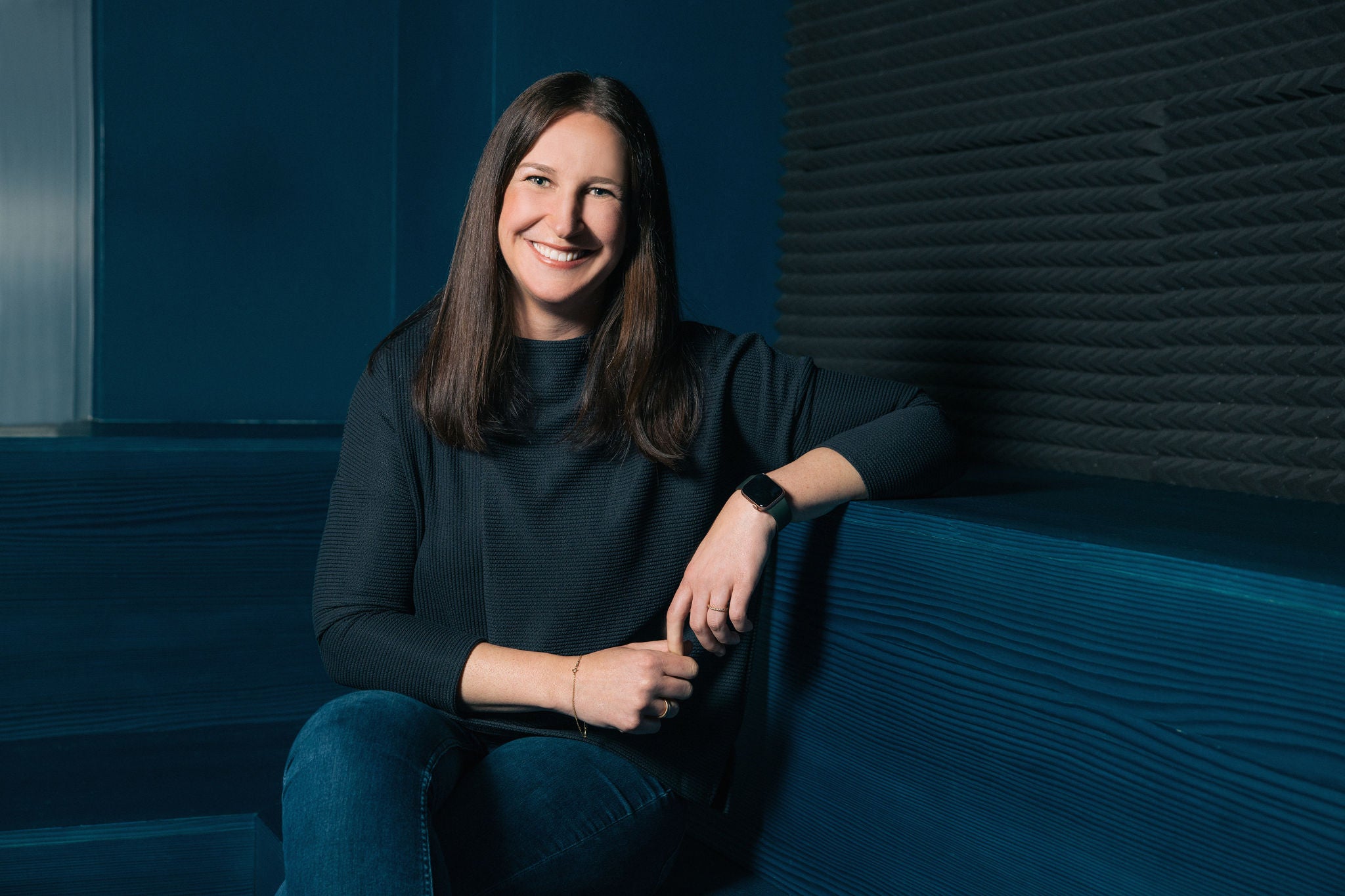Gaming, real-time, speed, sustainability, new generation, smart marketing - the media industry is full of buzzwords. Mediaplus pushes the (dis)buzzer for you! In our 'Seconds of Media' videos, our Managing Partners from the international Mediaplus offices give you a compact explanation of what lies behind the terms and how they can help you in your communication strategy.
SMART MARKETING
Exactly what different media channels do consumers use? At what time? How often? And when are they most in the mood to take in communicative messages? Diversity across the media landscape is increasing rapidly, with simultaneous fragmentation happening in individual media. And there are unstoppable changes in media usage, buying and consumer behaviour. The result: the volume of data and evaluable KPIs is growing immensely, along with the number of specialised media disciplines. You can’t master increasing marketing and media complexity with more personnel and even more specialisation.
ÜBERCREATIVITY
ÜberCreativity emerges when different communication disciplines combine their specific strengths and take an idea to an unequaled creative level. In our "Houses of Communication" the magic of ÜberCreativity unfolds every day. When experts in the fields of Creation & Content, Media & Data as well as Experience & Technology work seamlessly together and complement each other, new state-of-the-art solutions are created on a daily basis.
ATTENTION ECONOMY
According to a study conducted by Microsoft in 2015, human attention span lasts an average of 8 seconds. This is especially true for Generation Z. The reason is their use of media, especially the constant use of smartphones, social media and multi-screening. To speak of the ‘goldfish generation’ is certainly an exaggeration. But it is true that attention has become one of the rarest and most valuable commodities in communication.
THE NEW CONSUMER
Today’s consumers buy differently. More than ever, purchasing decisions are shaped by values and attitudes such as social responsibility, sustainability, and regional ties. Of course, this also affects defining and addressing of target groups. BMW or Skoda? Brand preference cannot be explained by age and income alone. ProSieben, YouTube or Netflix? Even older target groups watch on-demand and younger age groups watch linear TV. So it’s surprising that traditional, superficial, purely demographic target group definitions and approaches are still so common in media planning. Mediaplus is not one of them!
FUTURE OF SALES
Paper is becoming scarce, electricity expensive - and at the same time the number of print publications is declining. Retailers are feeling the effects of this in many areas, including advertising. Hardly any media topic is currently undergoing as much change as offer communication. Whereas a few years ago all the necessary communicative tasks - from generating new customers to securing frequency - could almost be solved with just a single medium, the steady erosion and cost of brochures and inserts now require a rapid rethink.
ONE TEAM
Clients don't want conditions, they want a corporate culture. And they want cooperation based on partnership. With an individual team always precisely tailored to the client. And a triad of creation, data and media. Our enormous value lies in the interlocking cooperation within the House of Communication. Interdisciplinary, integrated cooperation is the basic concept and everyday life of the agency brands Mediaplus, Plan.Net and Serviceplan.
NEXT GENERATION
They are the most important trendsetters of our time: From Gen-Z behaviour, we are already learning today what will be important in marketing in the future. The media use, attitudes and values of people born in 1995 and later influence not only their own consumption, but also the behaviour of subsequent generations - far beyond the Internet. But how do you reach this target group which largely eludes classic media usage patterns?
GAMING
At one time it was the somewhat nerdy hobby of mostly young men. Yet, in the meantime, gaming and eSports became mainstream. The Covid-19 pandemic once again intensified this. Restrictions on contact and the lack of shared recreational activities ensured a real video games boom worldwide. In Germany, the number of players rose by around five per cent in 2020, the first Covid-19 year, alone, according to the Association of the German Games Industry. In total, 58 per cent of 6- to 69-year-olds are already dipping into digital worlds via PCs, consoles or smartphones – and not just to pass the time but also to remain in contact with family and friends.

SUSTAINABILITY
The majority of consumers like companies to place their advertising dollars with media and platforms that make a sustainable contribution to society. Never before has the discussion about sustainable and socially responsible media behavior been as vocal as it is today. In our role as their advisor and partner, we are primarily concerned with the question: "How can or should companies and brands behave in this situation?" This is the question that the Market Initiative on Sustainable Media Planning addresses, identifying possible approaches to what sustainable media might look like in the future.
THE NEED FOR SPEED
The economy, the market and consumer behavior are changing at an ever more dramatic pace. Being able to react within the shortest possible time is becoming the decisive success factor for companies and brands going into the future. However, they often lack real-time data, dynamic media management and hybrid sales concepts - in short, "speed management". In particular, there is a lack of impact-oriented and integrated action. Yet integration is the key driver of speed. It is essential to combine forces, develop new forms of cooperation and create the technical prerequisites for significantly simplifying and accelerating processes.
REALTIME
The importance of media has changed. These days, consumers use it to actively shape their very own consumer journey. They expect to get what they want – when they want it and wherever they happen to be. And in real time, too. The currency that can help brands make this possible is real-time data – the digital footprint that consumers leave behind when using media. Julian Simons, Managing Partner Mediaplus Realtime, explains in 167 seconds how Realtime works and what advantages it offers you.













